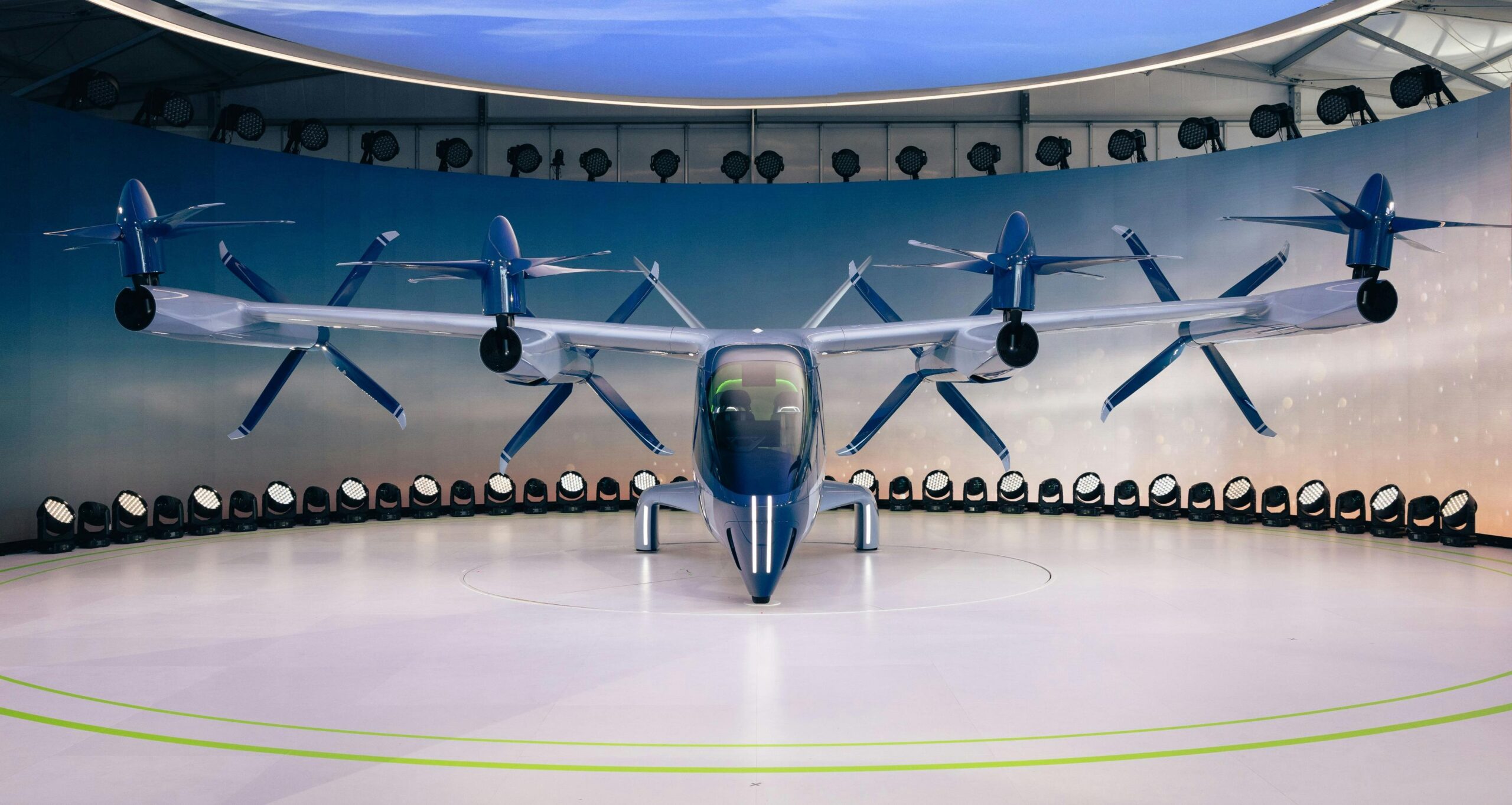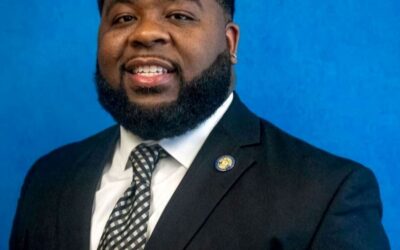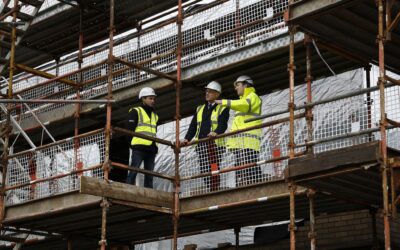Transportation Secretary Sean P. Duffy on Sept. 12 launched a new Federal Aviation Administration pilot program to fast-track advanced air mobility (AAM) vehicles.
The program fulfills Executive Order 14307 “Unleashing American Drone Dominance,” signed by President Trump on June 6. The order directs the Transportation Department to accelerate safe commercialization of unmanned aircraft systems and fully integrate electric vertical takeoff and landing aircraft into the national airspace.
The Electric Vertical Takeoff and Landing Integration Pilot Program (eIPP) will pair state, local, tribal or territorial governments with private sector partners to build regulatory frameworks, test technologies and deploy operations ranging from aerial taxis to medical transport.
The eIPP will center around at least five pilot programs through the Federal Aviation Administration (FAA). These programs will assess whether new advanced air mobility technologies—including electric vertical takeoff and landing (eVTOL) aircraft—can deliver tangible benefits to the American public. Officials believe this effort could bring better connectivity to rural America, reduce urban congestion and improve emergency-response transport.
The program will focus on five key testing areas:
- air taxis for short distances.
- fixed-wing flights over longer ranges.
- cargo delivery.
- supply, logistics and emergency response (including medical transport and service to offshore energy sites).
- improving safety through automation.
A minimum of five participants will be selected, according to the Federal Register notice. Participants will include piloted, optionally piloted or unmanned AAM aircraft—generally over 1,320 pounds and potentially carrying passengers—and will work on the technologies needed for their safe operation and integration into the national airspace framework.
The program relies on carefully structured partnerships between public and private sectors. Government agencies would set safety rules, handle permitting and build infrastructure, while private firms supply aircraft, operations and enabling technologies. Public-private partnerships (P3s) help share risk, speed innovation and push regulatory progress, but must overcome challenges like coordinating across jurisdictions, addressing liability, securing funding and ensuring fair access for all communities.
The program is designed to run for three years following the start of the first pilot program, allowing sufficient time to assess the viability and safety of eVTOL operations in real-world settings. The FAA will oversee the development of safety protocols, regulatory frameworks and integration strategies for AAM technologies.
Interested state, local, tribal and territorial governments must submit proposals by Dec. 11.
Photo by Hyundai Motor Group from Pexels







